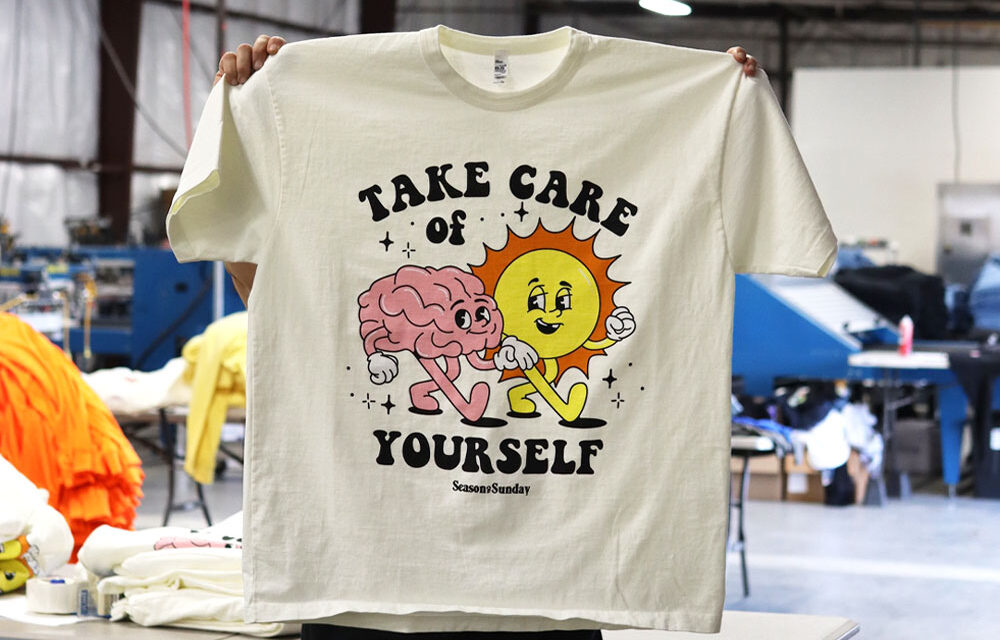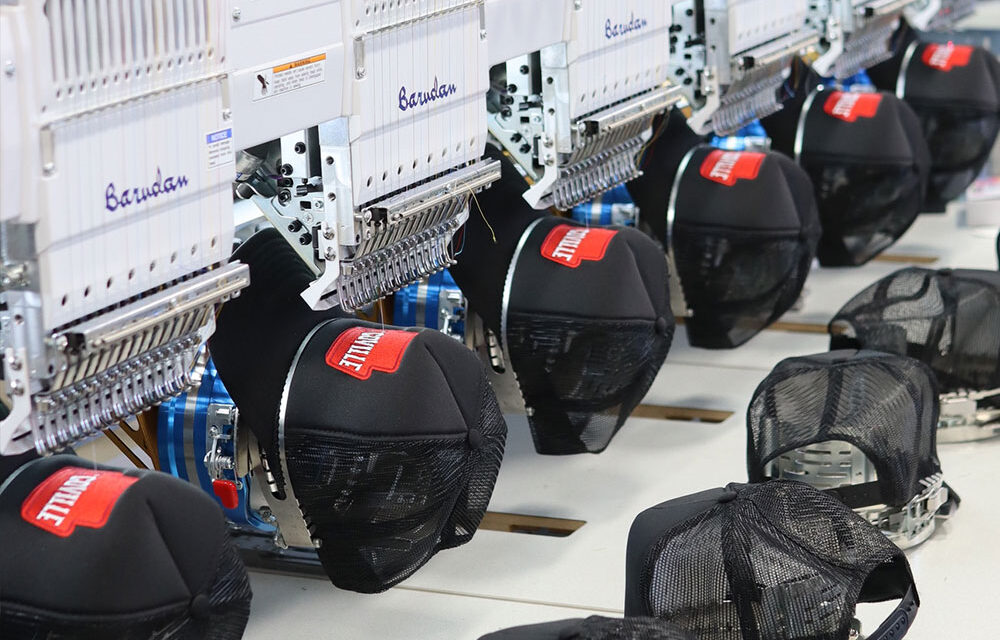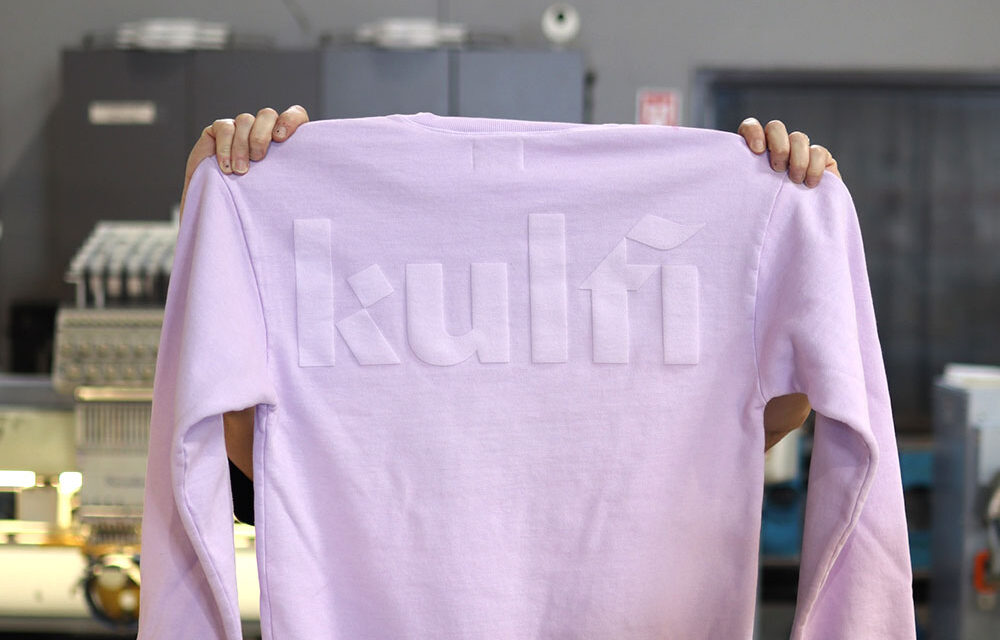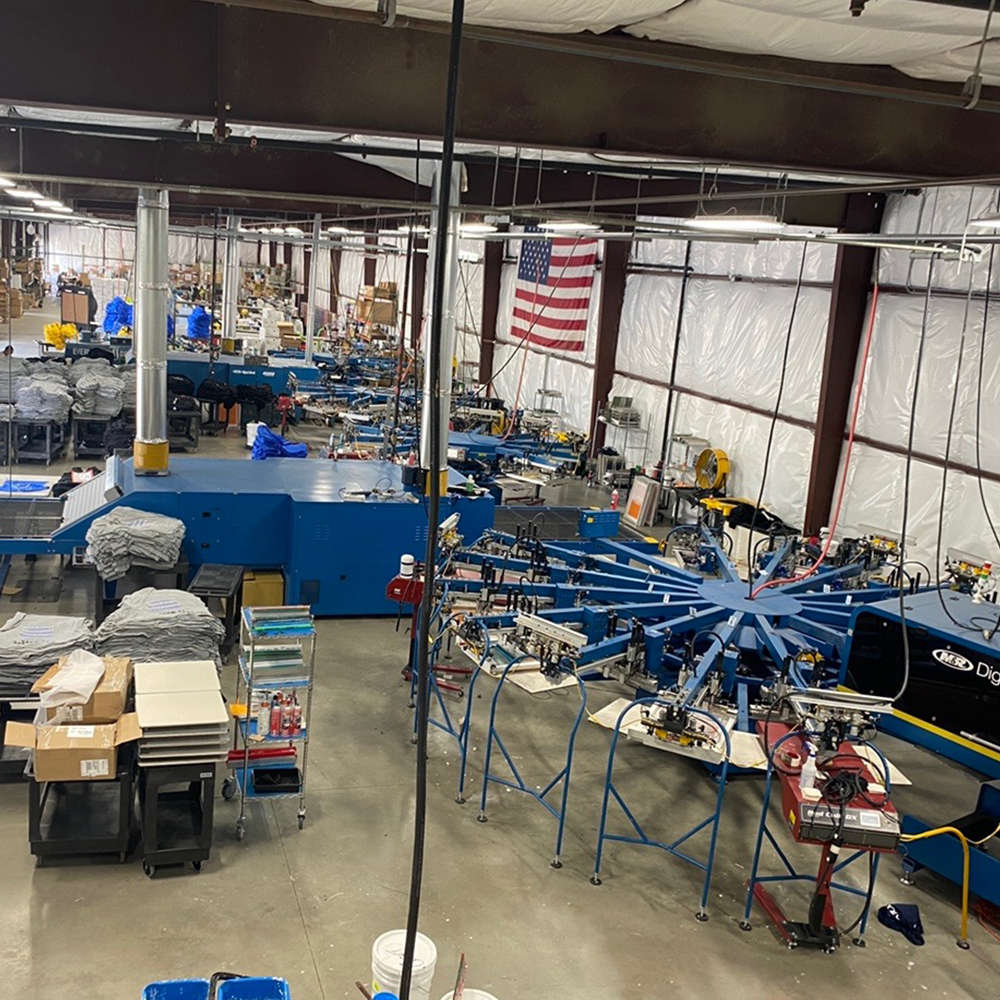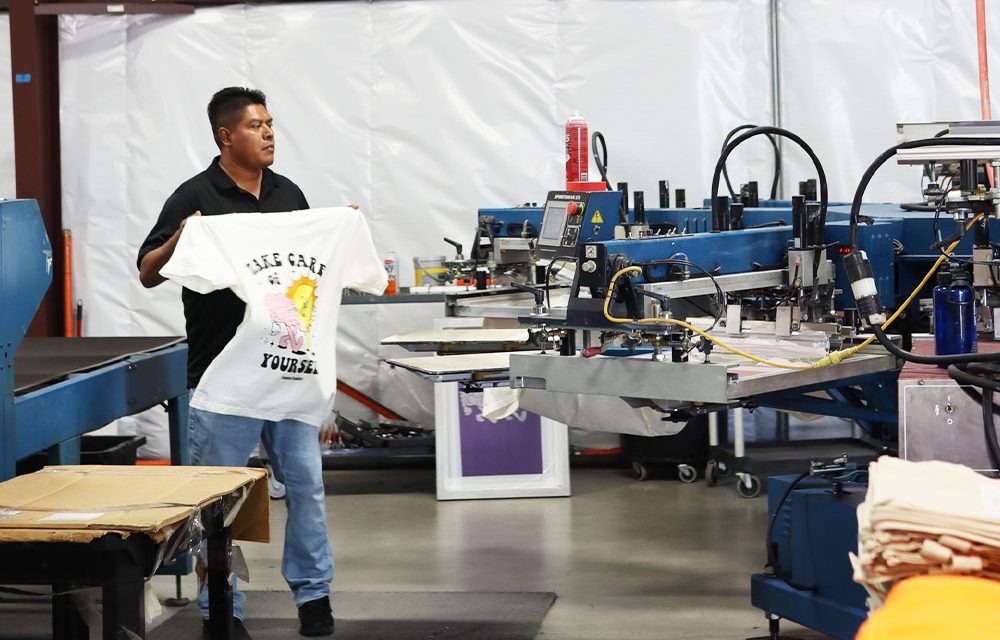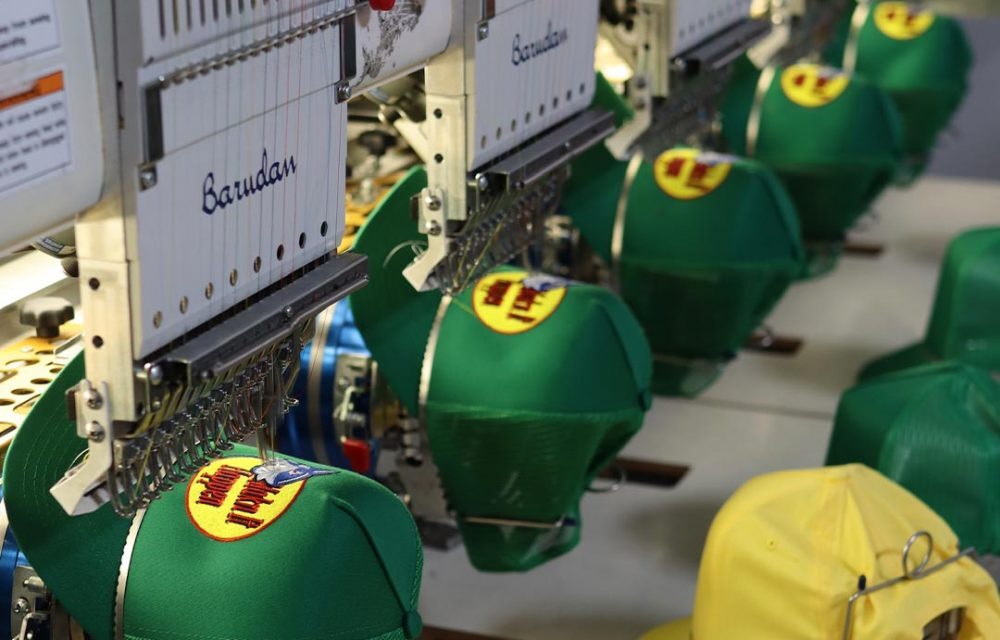Understanding the Limitations
Initial Setup and Cost Considerations
While screen printing excels in bulk production, its initial setup can be both time-consuming and costly. This involves creating stencils and preparing screens for each color used in the design. For small orders or designs with many colors, this can lead to increased costs and longer production times, making screen printing less economical for such projects.
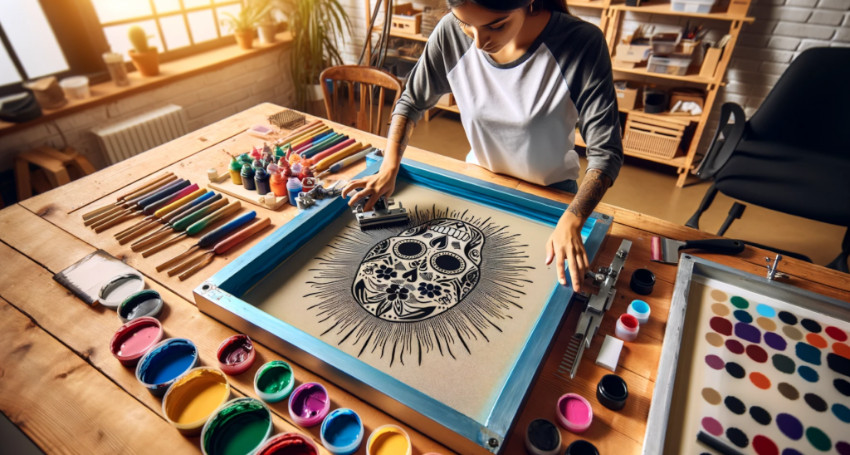
Complexity in Multi-Color Designs
Screen printing can be challenging when dealing with designs that require multiple colors. Each color requires a separate screen, which means more time and effort in the setup. Aligning these colors accurately during the printing process is also a meticulous task, which can add complexity and potential for error, especially in intricate designs.
The Physical and Space Requirements
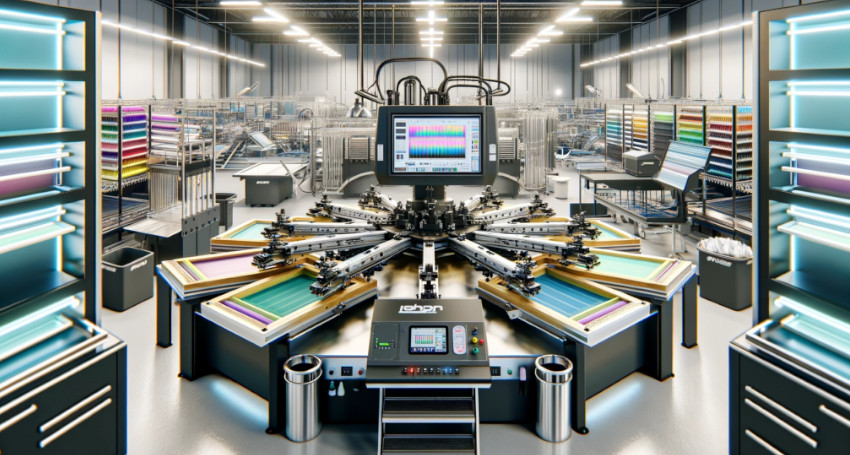
Space and Equipment
Screen printing requires significant space and specialized equipment. The need for a printing press, drying racks, and storage for screens and inks can be a limiting factor, especially for smaller operations or individuals working from home. This space requirement often makes screen printing less accessible to hobbyists or small-scale designers.
Manual Labor Intensive
The process is labor-intensive, particularly for large orders. It requires manual effort in setting up screens, applying ink, and ensuring quality control. This aspect can be physically demanding and time-consuming, which might not be suitable for all production environments.
Environmental and Health Considerations
Environmental Impact
Traditional screen printing inks and solvents can have environmental and health implications. The use of certain chemicals in the inks and cleaning processes may raise concerns about sustainability and worker safety. Although eco-friendly inks are available, they may not be feasible for all types of projects due to cost or performance factors.
Limitations in Material Compatibility
Screen printing is versatile but not universal. Some materials and fabric types may not respond well to the screen printing process, limiting the range of products that can be effectively printed using this technique.
In conclusion, while screen printing offers numerous advantages, it’s important to understand its challenges and limitations. The initial setup cost, complexity in multi-color designs, space requirements, labor intensity, environmental concerns, and material compatibility are key factors to consider. Understanding these limitations is crucial in determining if screen printing is the right choice for your specific project. Stay tuned for our next post, where we’ll explore how screen printing compares with other printing methods.

